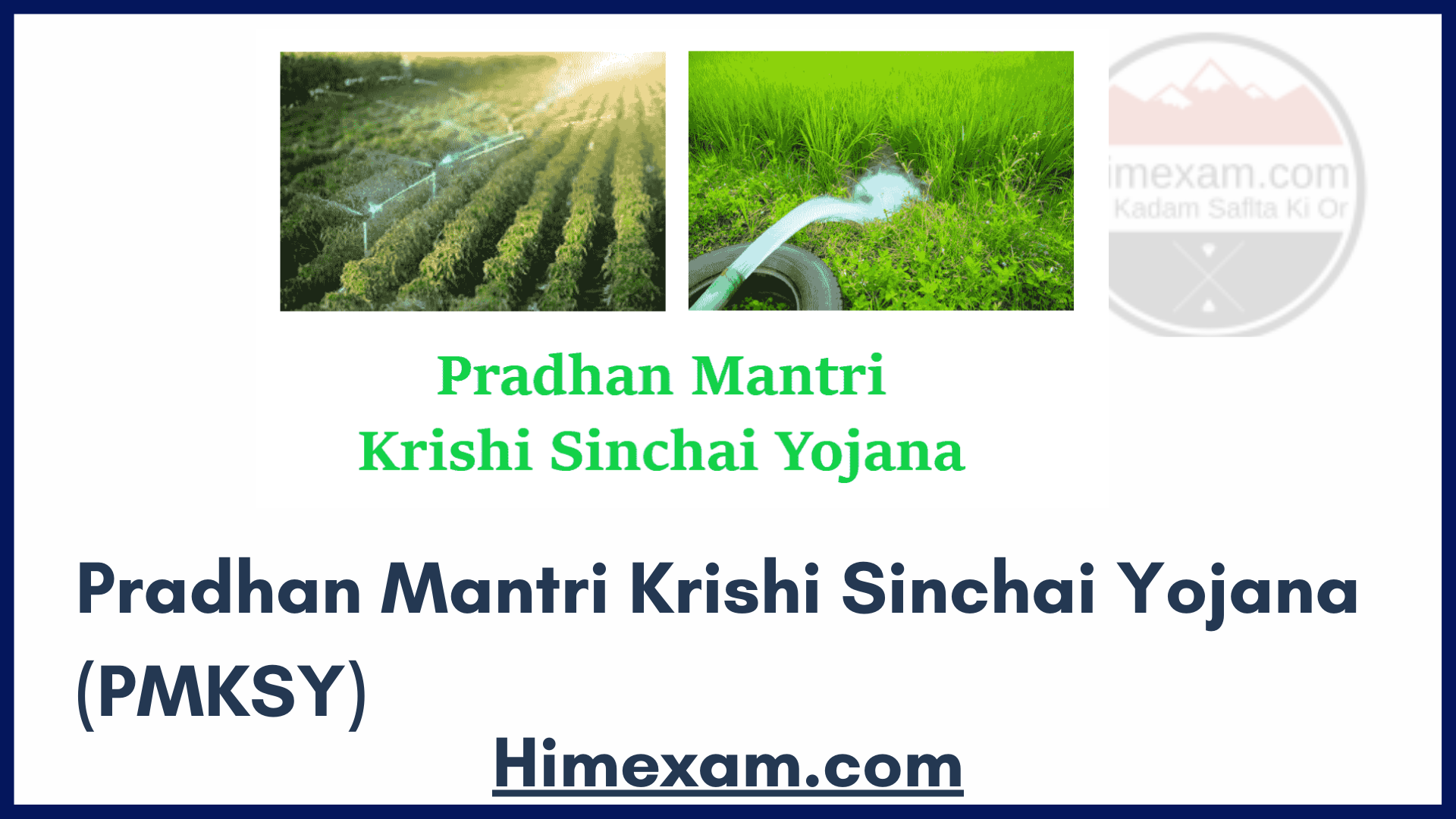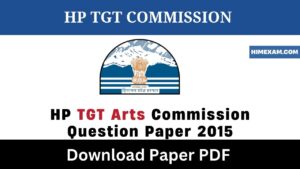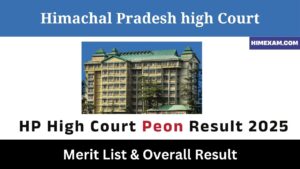Pradhan Mantri Krishi Sinchai Yojana (PMKSY)
||Pradhan Mantri Krishi Sinchai Yojana (PMKSY) ||Pradhan Mantri Krishi Sinchai Yojana (PMKSY) ||
Launched: July, 2015
Objectives
- The major objective of the PMKSY is to achieve convergence of investments in irrigation at the field level, expand cultivable area under assured irrigation (Har Khet ko pani), improve on-farm water use efficiency to reduce wastage of water, enhance the adoption of precision-irrigation and other water saving technologies (More crop per drop), enhance recharge of aquifers and introduce sustainable water conservation practices by exploring the feasibility of reusing treated municipal based water for peri-urban agriculture and attract greater private investment in precision irrigation system.
- The scheme also aims at bringing concerned Ministries/Departments/ Agencies/Research and Financial Institutions engaged in creation/use/ recycling/potential recycling of water, brought under a common platform, so that a comprehensive and holistic view of the entire “water cycle” is taken into account and proper water budgeting is done for all sectors namely, household, agriculture and industries.
Salient Features of PMKSY
- The programme architecture of PMKSY aims at a decentralized State level planning and execution structure, in order to allow States to draw up a District Irrigation Plan (DIP) and a State Irrigation Plan (SIP).
- DIP will have holistic developmental perspective of the district outlining medium to long term developmental plans integrating three components namely, water sources, distribution network and water use application of the district to be prepared at two levels—the block and the district. All structures created under the schemes will be geotagged.
- The programme will be supervised and monitored at the national level by an Inter-Ministerial National Steering Committee (NSC) under the Chairmanship of the Prime Minister with Union Ministers of all concerned Ministries.
- A National Executive Committee (NEC) is to be constituted under the Chairmanship of the Vice Chairman, NITI Aayog to oversee programme implementation, allocation of resources, interministerial coordination, monitoring and performance assessment, addressing https://himexam.com/wp-content/uploads/2021/12/Madhya-Pradesh-MP-PEB-Group-2-Sub-Group-4-Various-Post-Answer-Key-2021.jpgistrative issues etc.
- At the state level the scheme is to be https://himexam.com/wp-content/uploads/2021/12/Madhya-Pradesh-MP-PEB-Group-2-Sub-Group-4-Various-Post-Answer-Key-2021.jpgistered by a State Level Sanctioning Committee (SLSC) to be Chaired by the Chief Secretary of the respective States.
- The committee will have all authority to sanction the project and also monitor the progress of the scheme.
- At the district level there shall be a district level implementation committee for ensuring last mile coordination at the field level.
- A new scheme has been introduced to issue a Soil Health Card to every farmer. Soil Health Management in the country is being promoted through setting up of soil and fertilizer testing laboratories. 34 lakh soil samples has been collected and analysis is continuing.
- A new scheme for promoting organic farming Pramparagat Krishi Vikas Yojana has been launched to promote organic farming.
- A dedicated Kisan Channel has been started by Doordarshan to address various issues concerning farmers.
- Government is also encouraging formation of Farmer Producer organizations.
- Assistance to farmers, as input subsidy, has been increased by 50 percent in case of natural calamities.
- Norms have been relaxed to provide assistance from previous norm of crop loss of more than 50 percent
Read More: – Himachal Pradesh General Knowledge









